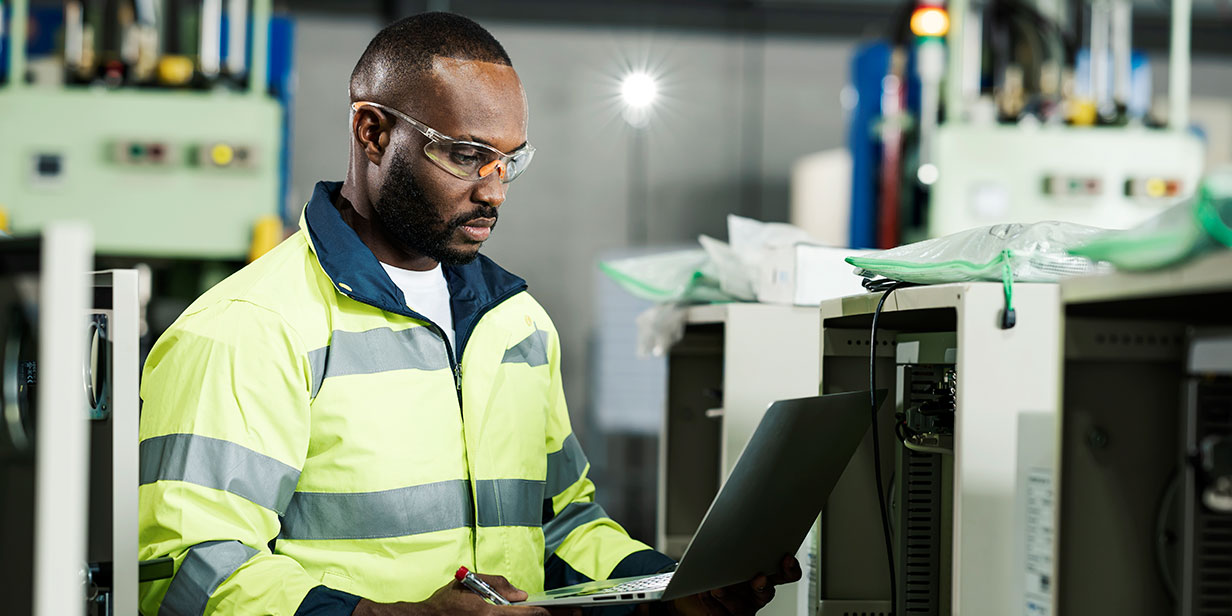Phillip Smith
Vice President, Manager, Building Materials
Phone Number:
+1 (1)781 255 4783

When you buy a product, you expect it will work. You expect that it will function as the manufacturer describes and perform as intended. Around the globe regulatory authorities mandate certain categories of products be tested and certified by reputable third-party independent testing and certification organizations. In the United States, for example, the Occupational Safety and Health Administration (OSHA) oversees legislation in the Code of Federal Regulations that outlines these categories of products. The European Union regulates products through a variety of Directives including the ATEX (Atmospheres Explosive) and CPD (Construction Products Directive). Other jurisdictions around the world enact local regulations and codes and enforce these codes with building owners and manufacturers within their geographic boundaries.
The purpose of these regulations is to help prevent unsafe or risky products from entering the market and thereby exposing industry to increased risk. In a building equipped with automatic sprinklers, for example, it is imperative the sprinklers function to control or suppress fire. During a windstorm, we expect the walls and roof of a building to remain intact in order to protect everything within its envelope. And we do not expect electrical products installed in explosive atmospheres to ignite combustibles and create a fire or explosion.
FM Approvals maintains accreditations from various agencies as part of the regulatory regulations. In the United States, OSHA accredits organizations as Nationally Recognized Testing Laboratories (NRTL) after they have proven their capabilities to reliably test, document and certify manufacturers’ products. In Canada, the Standards Council of Canada (SCC) provides similar oversight. The European Union (EU) relies on Notified Body (NB) status to assure compliance with its Directives. OSHA and similar accreditation bodies have stringent requirements that must be carried out by testing and certification organizations. In addition, these accreditation agencies conduct regular audits of the testing and certification organizations to ensure continued compliance with their requirements.
…the cost of certified products? It is important to understand the product manufacturers’ pricing structure. The price of products tested and certified by FM Approvals as compared to the same products tested and certified by other reputable organizations is in most cases the same.
However, it is often true that the price of tested and certified products is higher than that of non-certified products. FM Approvals will conduct tests and perform facility audits that may increase the cost of the product compared to a non-certified product. The benefit of these services is that the tested and certified products will perform as intended, in reducing the risk of a loss.
There are, however, cases where the FM Approved product will be more expensive than the “same” product tested and certified by other reputable organizations. This increase in the price is either due to additional testing required only by FM Approvals or by the product itself, in that it is unique and offers specific benefits that no other product can offer. Some examples are:
In all of the above examples, FM Approved products may have a higher price than “similar” products. However, their performance and contribution to property loss prevention is significant and unique.
The best place to start any pricing comparison is with the manufacturer. The source for their product pricing is often found on their Web site. The Approval Guide, an online resource of FM Approvals, provides links to most manufacturers’ Web sites along with the listing for the FM Approved product. That link will often get you to a pricing sheet, or at least to a representative who can explain the actual cost that the manufacturer uses as its base. Start there, and then understand that there may be sup- ply chain costs which add cost to the product and likewise increase the price. Since testing and certification costs for FM Approvals or any other reputable testing and certification organization are already built into the manufacturer’s cost, there should be no added cost for the tested and certified product along the supply chain.
... local codes and jurisdictional requirements? As described above, jurisdictional authorities and local regulators reserve the right to challenge products for use within their jurisdiction. FM Approvals incorporates jurisdictional and code requirements into their testing standards as well as providing rigorous property loss prevention criteria. Users of FM Approved products can rely on these products to be accepted by local jurisdictions in addition to providing the property loss prevention solutions prescribed by FM.
Begin the approval application process